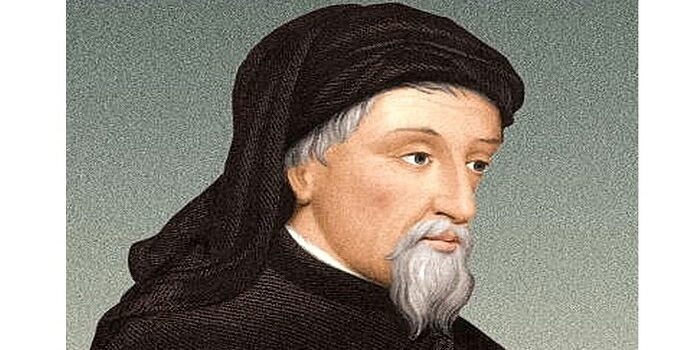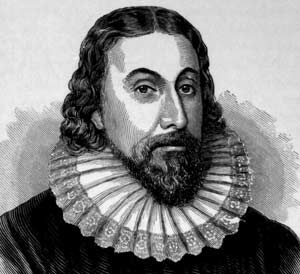Geoffrey Chaucer and The Canterbury Tales -- Historical Background Summary
Summarized
from the historical background in the Norton Anthology, 4ed
Personal
History
Even
though medieval scholars did not recognize the existence of any classes other
than aristocracy and commoners, a middle class came into being and it was to
this Chaucer belonged. He grew up amongst commoners but was sent as a teenager
to serve as a page in the court of Lionel of Antwerp, son of Edward III,
reigning monarch and brother to John of Gaunt. Chaucer thus spent the rest of
his life amongst nobles. He married a woman of high birth and his children and
grandchildren went on to be eminent people and married amongst nobility;
Chaucer managed to jump the gap between the common and aristocratic classes.
Aside
from poetry, Chaucer was involved in many other trades- he served as soldier,
tradesman for the nobility, diplomat, forester and more. He was favored by the
nobility, receiving rent-free housing, and grants. During the entirety of his
life he came into constant contact with people of all classes, and this
accounts for the huge variety of themes and storylines in his Tales. His work
is characterized simultaneous by profound understanding of both classes and by
lack of judgment on Chaucer's part.
Influences
One
of Chaucer's earliest works was a translation from French of a poem that would
greatly influence his work, Roman de la Rose. This poem is an allegory for a
love affair and incorporates lengthy discussions on key medieval topics. Both
of these elements can be seen in Chaucer's own work. He was also influenced by
Latin literature. His first big work was Book of the Duchess, an elegy for the
wife of John.
Chaucer
traveled to Italy, where he encountered works of Dante, Petrarch and Boccaccio
which greatly influenced him. Dante influenced Chaucer to write comically;
Chaucer's Troilus and Criseide, adapted from a work by Bocaccio, is one of the
greatest love poems in literature. Chaucer strayed from the formulative poetry
of his time (his attempts at writing traditionally were rather burlesque) and
his poetry greatly surpassed in style, content and mood that of his English
predecessor poets.
The
Canterbury Tales
The
Canterbury Tales is a compendium of 22 stories (originally intended to be 120)
framed by the premise of a fictitious pilgrimage to Canterbury. This frame was
a common device in the middle ages. The General Prologue introduces the
pilgrims, and the rest of the book has a different character telling a story.
The stories are not detached from one another as they are in other works of the
time, but richly interconnected and co-influential. There are themes that
thread through the entire Tales, such as the question of marriage which is
tackled by several characters with differing points of view.
Due
to Chaucer's never having finished the tales, there are several inconsistencies
throughout the story. In addition to this, the 80+ surviving manuscripts order
the tales differently.
The
General Prologue
The Tales are told by different characters who span
the different classes: from the Knight and his noble son the squire, to the
fraudulent doctor to the Pardoner (a church man from whom one buys forgiveness
for sins). The characters are described only outwardly, but the descriptions
utilize symbols in such a way that give hints about the characteristics of the
described. There is a complexity to the characters that provides both enjoyment
and enrichment for the reader.Geoffrey Chaucer









Comments
Post a Comment
Hey friend! 🌈 I can't help with your assignments but maybe other readers can. Good luck! 🤞